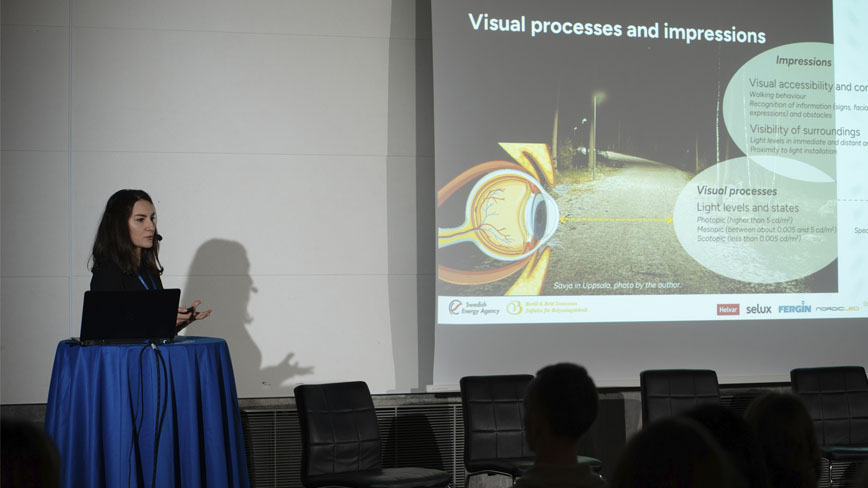Researchers: Gaps in lighting technology challenges cities' wildlife

Urban environments are growing steadily, and the present approach to designing lighting for outdoor spaces after dark has evolved by putting human needs and interests first. But for urban planning to be sustainably successful, it must be balanced with the requirements of nature, according to KTH Architectural Lighting Design researchers.
With a growing body of research, people, especially in the Nordic countries, are becoming more aware that exposure to electric lighting has visual, physiological and behavioural effects on us. But we may not consider that it also affects non-human organisms.
"We aim to understand the gaps between lighting technology and the needs of different organisms. Looking into the relationship between electric lighting and the material characteristics that shape our cities, including public space, buildings, and streets, can help us to uncover the direct and indirect effects of lighting on not only humans but also non-human organism groups.", says Seren Dincel from the research team.
Research findings was presented at the Light Symposium
She presented the first findings from the paper "Light formed through urban morphology and different organism groups" during the ninth edition of the Light Symposium in Stockholm, organised by the Department of Architectural Lighting Design at KTH, in collaboration with Perception Studio at the University of Arts, Crafts, and Design in December.
The paper is in connection with the interdisciplinary research project NorDark - Mediating people's and nature's needs in Nordic after-dark environments. It investigates the topic of sustainable after-dark design that, while supporting human needs, minimises energy use, light pollution, and negative impacts on wildlife. The co-authors are researchers Ute Besenecker, Daniel Koch and Karolina Zielinska-Dabkowska.
Urban lighting design affect non-human organisms

Their study examines how modern lighting technologies, such as LEDs, affect built urban environments, pedestrians' visual impressions, and different organism groups. The findings have shown that some electrical lighting characteristics can potentially affect wildlife habitats more than others.
"Achieving more balanced and sustainable environments for more groups of organisms after dark requires the inclusion of knowledge about lighting design in the discourse of urban design and planning of urban areas.", Seren says.
The project is halfway through, and for future studies, they want to look into and test through field experiments how the perceived lighting qualities can be balanced with the visual objectives of pedestrians and the needs of local wildlife and urban green areas.
The research article "Light Formed through Urban Morphology and Different Organism Groups: First Findings from a Systematic Review" will be available in the conference proceedings in the spring of 2024.
